In the vast tapestry of nature, there exist creatures so extraordinary that they seem to have leapt straight from the pages of science fiction. Among these wonders are those that possess the remarkable ability to change their bodies at will. This shape-shifting prowess is not just a spectacle of nature’s creativity but a testament to evolutionary ingenuity. From the depths of the ocean to the dense forest canopies, these shape-shifters have captivated the imaginations of scientists and nature enthusiasts alike. Their abilities offer a glimpse into the myriad ways life adapts to survive and thrive.
The Marvel of Mimicry: Masters of Disguise
One of the most fascinating aspects of shape-shifting is the art of mimicry. Creatures such as the mimic octopus have mastered this craft to perfection. Found in the warm waters of Southeast Asia, this octopus can imitate the appearance and movements of more than fifteen different marine species, including lionfish and flatfish. By doing so, it avoids predators by convincing them it’s something else entirely. This ability to transform its body into a different shape or color is not just about survival; it’s an elaborate dance of deception that highlights the complexity of evolutionary adaptations.
The Chameleon’s Colorful Display
Chameleons are perhaps the most iconic shape-shifters, renowned for their ability to change color. However, contrary to popular belief, they don’t only change color to blend in with their surroundings. Instead, their vibrant transformations are often used for communication, to regulate body temperature, or to express emotions. Specialized cells called chromatophores in their skin allow for this dramatic shift in hue. With a palette that rivals the most skilled artist, chameleons are a living canvas, painting a story of their internal and environmental interactions.
The Dynamic Skin of Cuttlefish
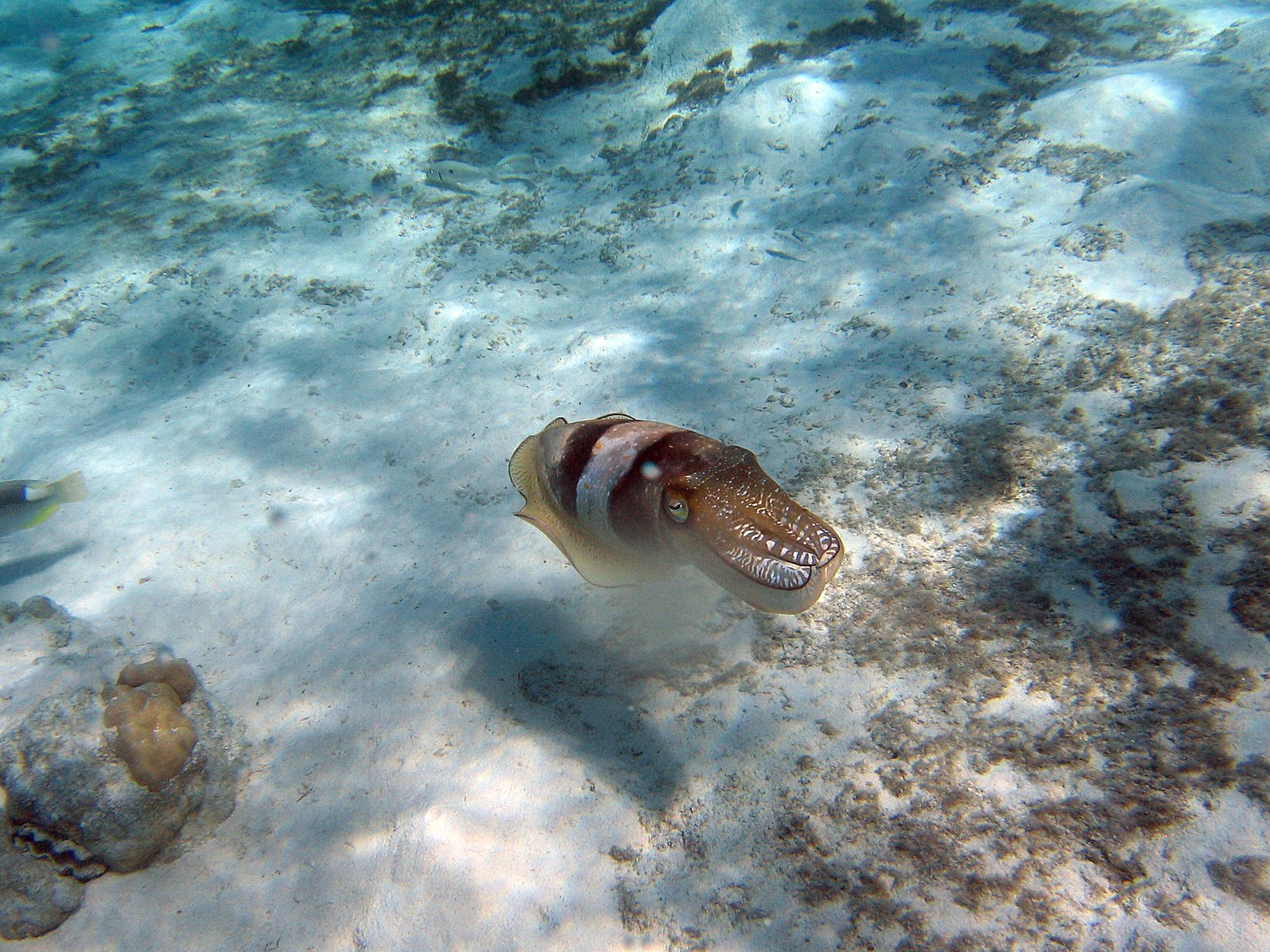
Cuttlefish, the enigmatic denizens of the sea, are another group of marine animals that boast shape-shifting capabilities. With skin that can change color, pattern, and even texture in an instant, they are the undisputed masters of camouflage. Using a sophisticated system of muscles, cuttlefish can puff up their skin to create bumps and ridges, further enhancing their disguise. This ability doesn’t just protect them from predators; it also aids in hunting, allowing them to sneak up on prey unnoticed. Their skin is a living tapestry, constantly shifting to suit their every need.
Amphibians and Their Morphing Abilities
Some amphibians, like certain species of salamanders, can undergo remarkable transformations. They possess the ability to regenerate lost limbs, a trait that is as beneficial as it is astonishing. This regenerative capability allows them to adapt to their environments in ways that other creatures can only dream of. By regrowing lost appendages, they maintain functionality and continue to navigate their habitats efficiently. Such adaptability underscores the incredible resilience and resourcefulness found in nature’s design.
The Astonishing Annelids
Earthworms and other annelids might not seem like obvious candidates for a discussion on shape-shifting, but they have their own set of impressive abilities. These creatures can alter their body shape to move through soil with ease, contracting and expanding their segments to push through tight spaces. This ability ensures they can navigate their subterranean world, turning the soil as they go, which is crucial for aeration and nutrient distribution. Their subtle yet significant transformations play a vital role in maintaining the balance of ecosystems.
Cephalopods: Nature’s Transformers
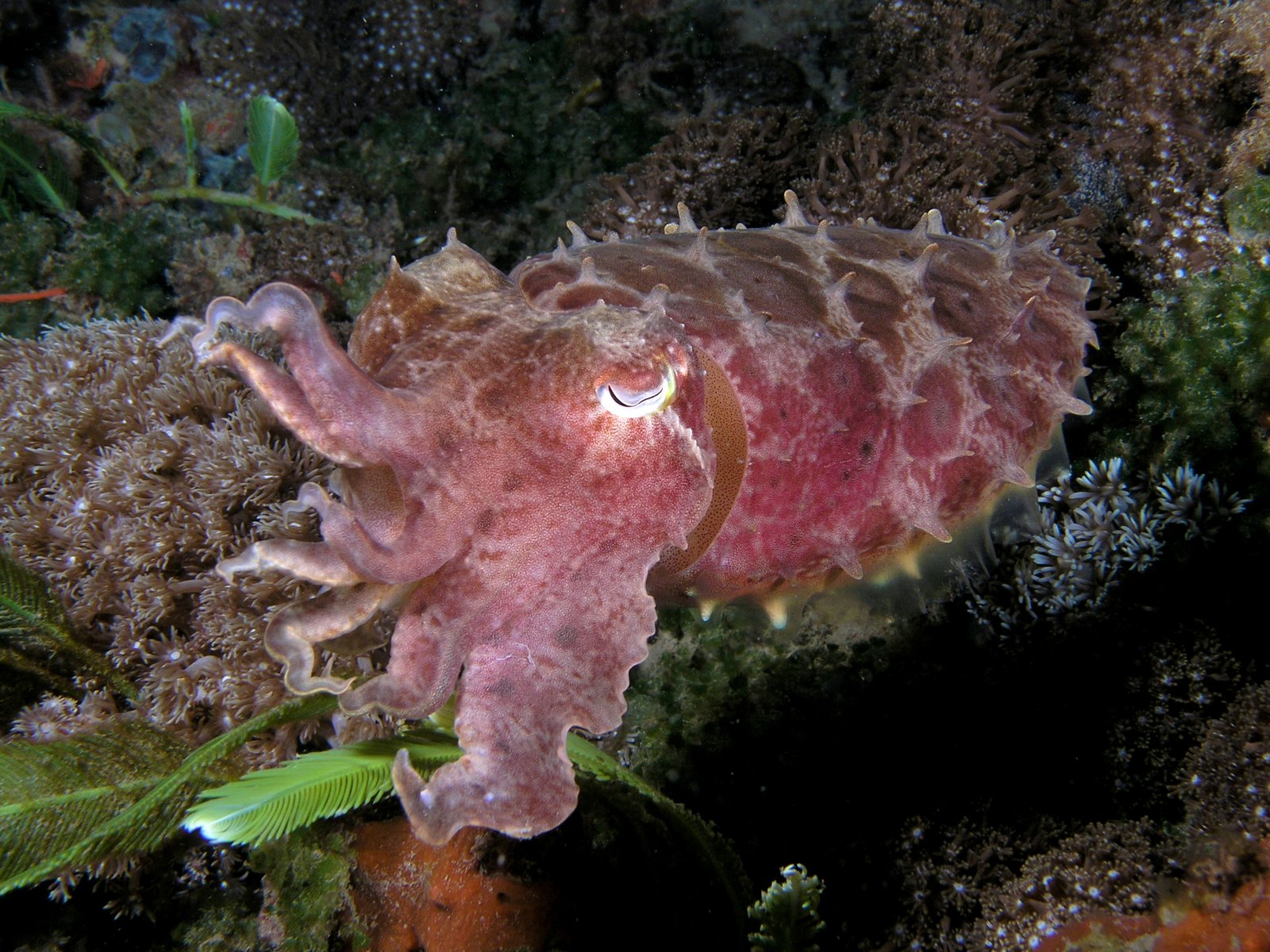
Beyond the cuttlefish and mimic octopus, other cephalopods such as squids and nautiluses also exhibit remarkable shape-shifting abilities. Squids, for instance, can rapidly change their body shape and color for communication and camouflage. They use a complex system of cells and pigments to create stunning displays that can mesmerize and confuse both predators and prey. Nautiluses, though less flashy, possess the ability to adjust their buoyancy by changing the gas and liquid within their shell chambers, allowing them to move gracefully through the ocean depths.
The Intriguing Case of the Leaf-Tailed Gecko

In the dense forests of Madagascar, the leaf-tailed gecko reigns supreme as a master of disguise. Its body mimics the appearance of dead leaves, complete with intricate patterns and textures. This remarkable camouflage allows it to blend seamlessly into its environment, avoiding detection by both predators and prey. The leaf-tailed gecko’s ability to mimic its surroundings is so precise that it often goes unnoticed by even the most vigilant observers, a testament to the evolutionary pressure to remain unseen.
The Remarkable Adaptations of Flatfish
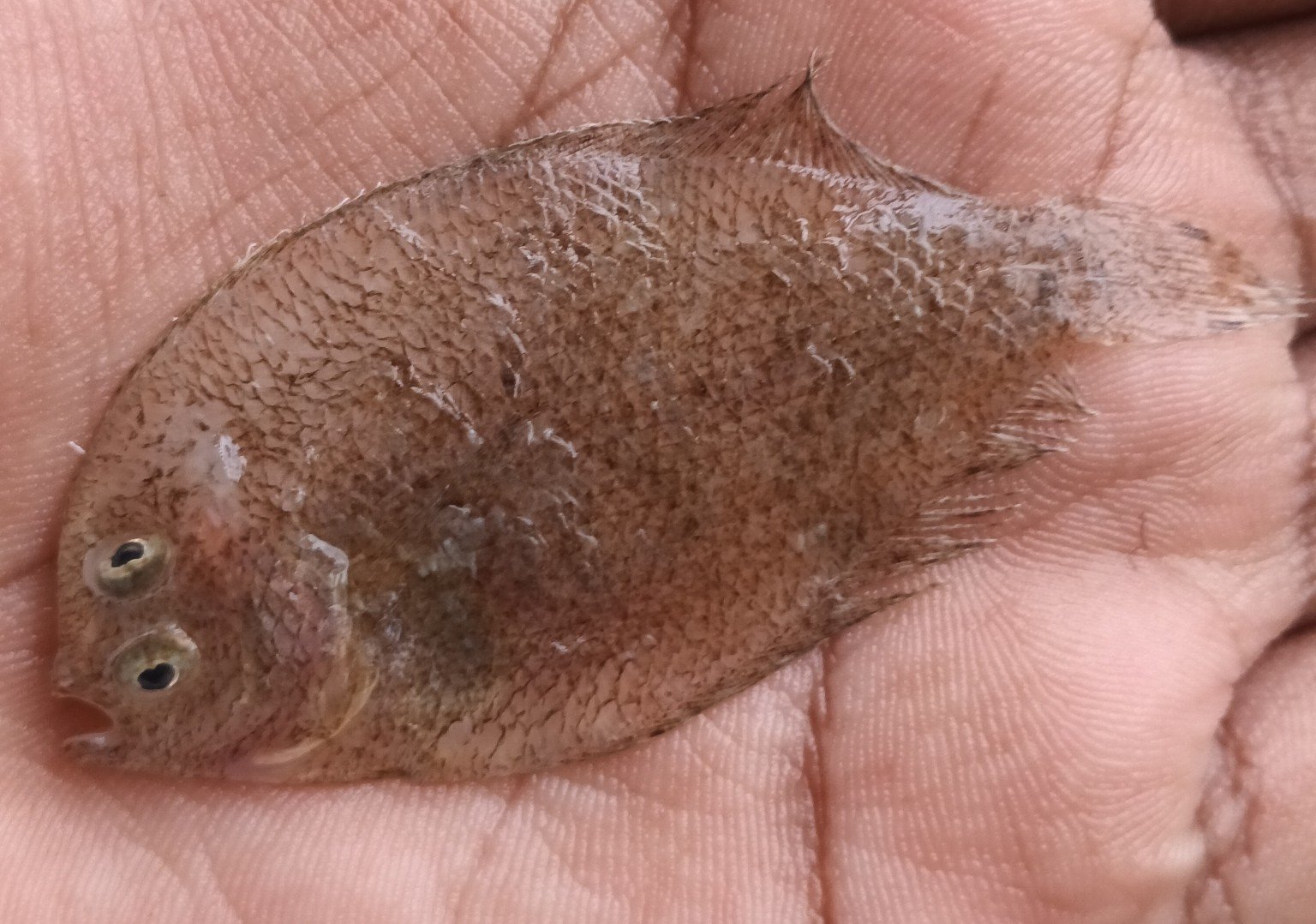
Flatfish, such as flounders and soles, undergo a fascinating transformation as they mature. Born symmetrical like most fish, they gradually shift to a flat, asymmetrical shape as they develop. This transformation allows them to lie flat against the ocean floor, hidden from predators and poised to ambush unsuspecting prey. Their eyes also migrate to one side of their body, providing them with a perfect vantage point for spotting potential threats and opportunities. This unique adaptation is a prime example of how shape-shifting can aid in survival.
The Secretive Sea Slugs
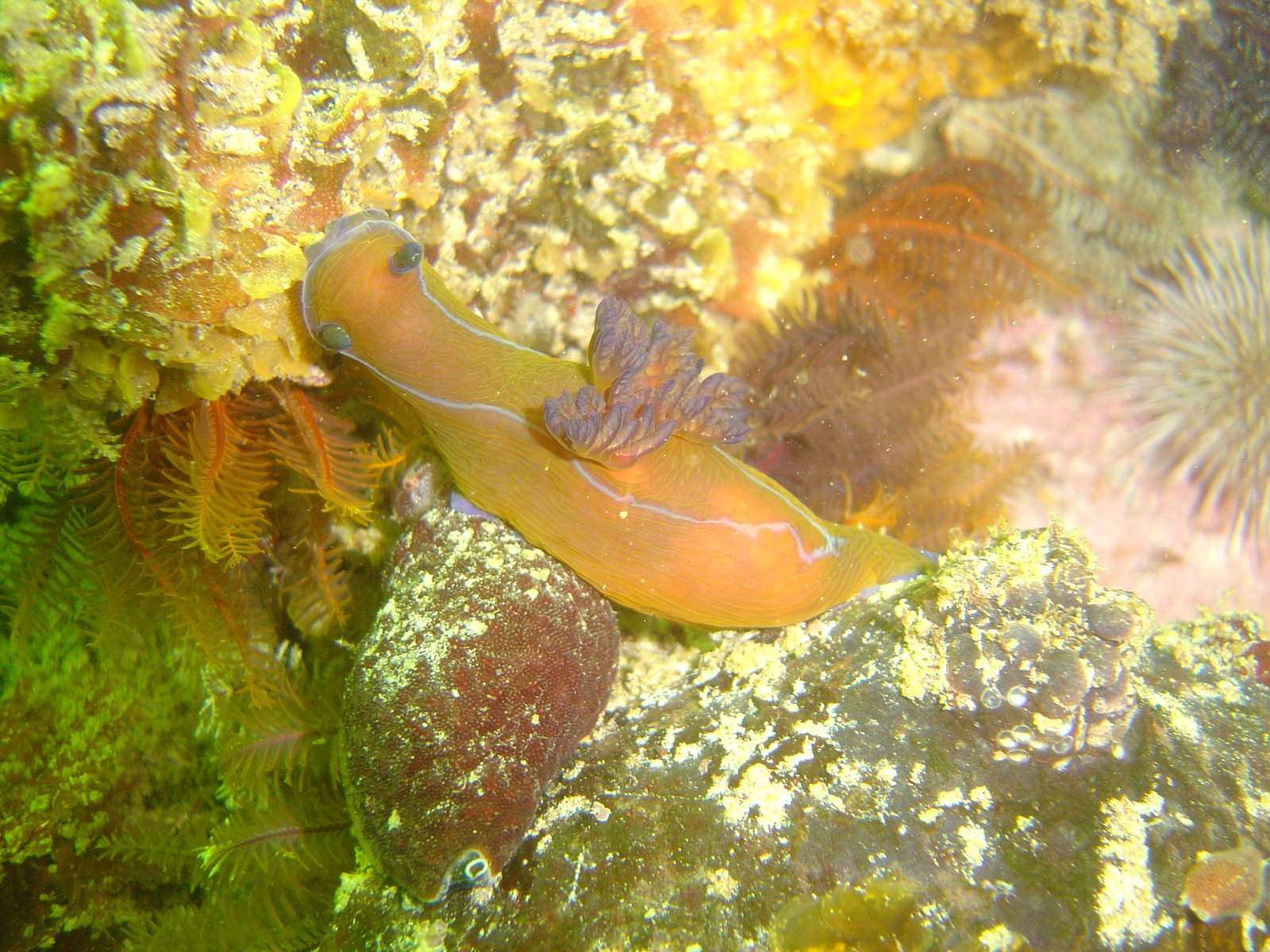
Sea slugs, or nudibranchs, may seem unassuming at first glance, but they harbor a wealth of shape-shifting secrets. These soft-bodied marine mollusks can change their shape and color to blend into coral reefs or other marine environments. Some even go a step further, incorporating toxins or stinging cells from their prey into their own bodies for defense. Their vibrant and varied appearances are not just for show; they serve as both a warning and a means of protection, illustrating the intricate dance of survival in the ocean.
Understanding the Science Behind Shape-Shifting
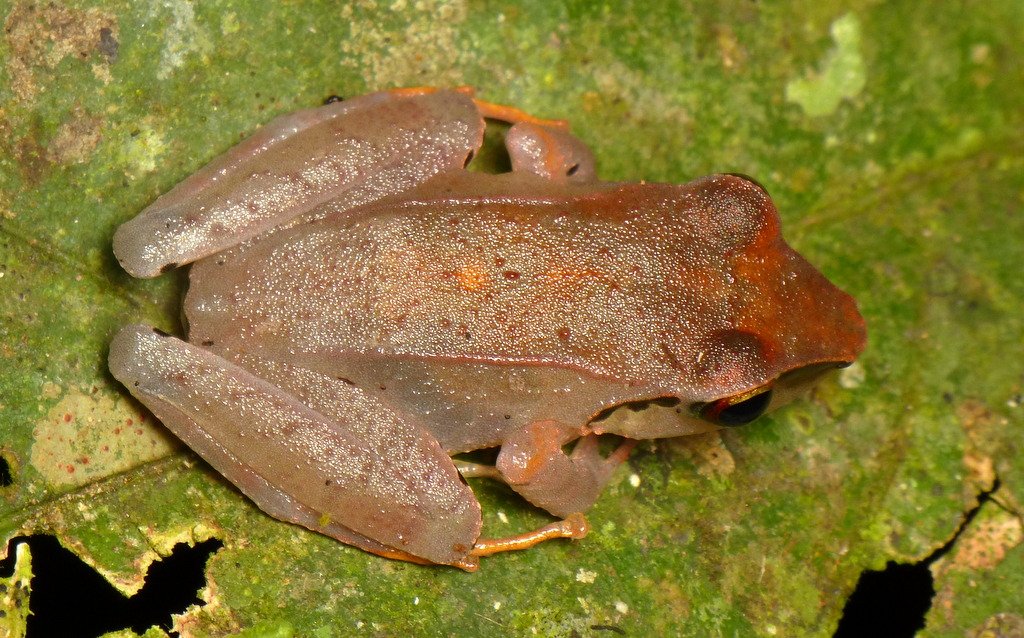
The science behind shape-shifting is as diverse as the creatures that exhibit it. At its core, this ability is often driven by specific environmental pressures and the need for survival. Genetic adaptations, specialized cells, and evolutionary processes all play a part in enabling these transformations. By studying these mechanisms, scientists gain insights into the delicate balance of ecosystems and the relentless drive of organisms to adapt and evolve. Shape-shifting serves as a powerful reminder of nature’s ingenuity and the endless possibilities that arise from the dance of life.
The world of shape-shifters is a testament to the wonders of evolution. As we explore the mysteries of these remarkable creatures, we uncover the profound ways in which life adapts, survives, and thrives in an ever-changing world. The science of shape-shifting not only inspires awe but also offers valuable lessons in resilience and adaptation, urging us to appreciate the complexities of the natural world.



